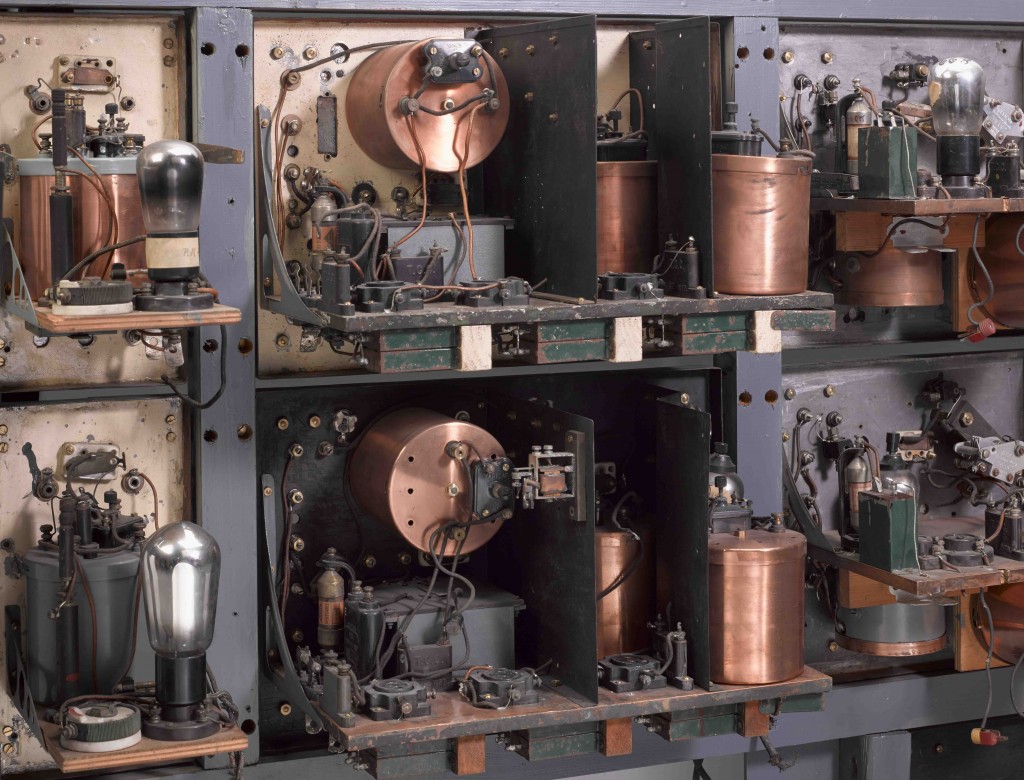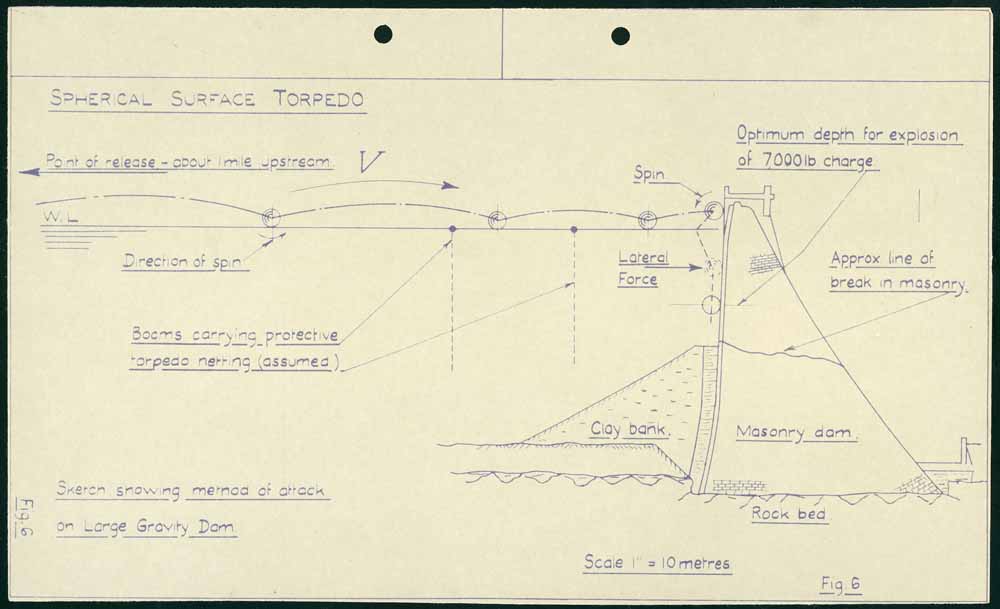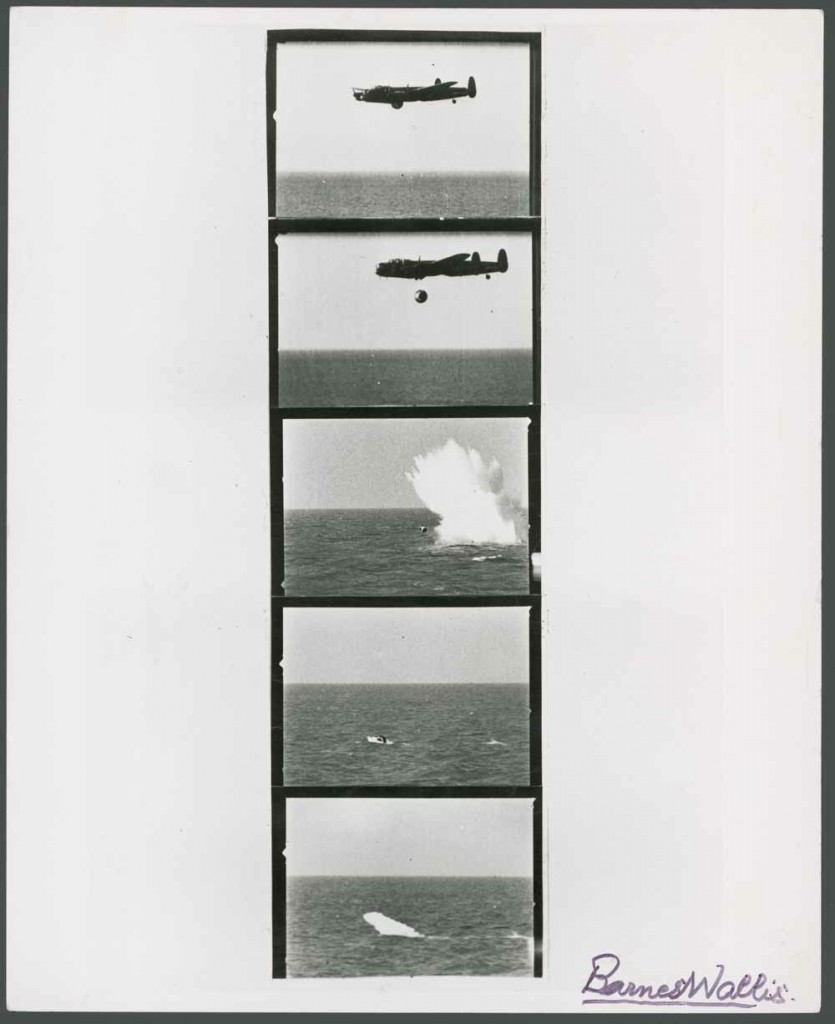Today’s engineers will need lateral thinking of the kind used by the great wartime inventor Sir Barnes Wallis if they are to respond effectively to challenges such as climate change, according to a Cambridge lecturer.
Dr Hugh Hunt of the University of Cambridge will give the Royal Academy of Engineering’s prestigious Autumn Lecture on Tuesday 3 November in which he will use the technical wizardry used to tip the balance of military capability in favour of the Allies during World War 2 to illustrate the approach required to deal with the impact of greenhouse gas emissions, which have warmed the atmosphere and oceans, diminished the amounts of snow and ice, and raised sea levels.
Necessity fuelled many technological developments during the 1939-45 period that decisively influenced the course of the Second World War, including cracking the Enigma machine cyphers, developing radar and the jet engine, many of which are celebrated in the Science Museum exhibition, Churchill’s Scientists.
The exhibition, which opened to the public on the eve of the 50th anniversary of Sir Winston Churchill’s death, celebrates a crucial, but often overlooked element of Churchill’s life and legacy – his relationship with science and the remarkable breakthroughs that he championed during his time as Prime Minister, thanks to the efforts of ‘boffins’ such as Robert Watson-Watt, inventor of radar, and Bernard Lovell who created the world’s largest radio telescope.

However, of all the wartime ingenuity it is the sheer scope of Barnes Wallis’s lateral thinking in developing the bouncing bomb used in the famous Dambusters raid that fascinates Dr Hunt and epitomises the approach he thinks is now required from modern engineers in responding to climate change. “We need that mentality again now if we are to move towards a low carbon energy system and provide clean water and food for the whole population.”
Dr Hunt will use excerpts from his Channel 4 documentaries to illustrate his talk, including Dambusters: building the bouncing bomb.
Andrew Nahum, Keeper Emeritus, noted: ‘The extraordinary breakthroughs of WW2 were made by scientists and technologists like Barnes Wallis working at the very limit of established knowledge. They achieved powerful results so fast because they all knew the urgency of the challenge they faced. [As Sir Bernard Lovell reflected “the question during the war was … can you do it and how soon can we have it?“]’
Even before the war begin, the UK Government had identified the three German dams as potential targets, but had no weapons suitable for an attack. Wallis’ idea was simple in principle but very tricky to execute: bounce a four tonne rotating bomb, known as the Spherical Surface Torpedo, across 400m of water until it hits the dam, sinks and explodes.

Bouncing bombs allowed Wallis to avoid the torpedo nets protecting the dam but it took extraordinary ingenuity. The Lancaster bombers needed to approach the dams flying only 20m above the water while traveling at 230mph then the bombs released at 389 metres from the dam – calculated by triangulating with the dam’s towers. Wallis calculated that backspin would stabilise the bombs in ‘flight’, help the bomb to bounce then stay at the face of the dam as it sank.

Shortly before he died, Wallis donated the bulk of his papers to the Science Museum, including photographs, correspondence, design notes and reports (you can read more about this here).
Roger Highfield is Director of External Affairs at the Science Museum.
The Autumn Lecture takes place on 03 November 2015, 6:30pm – 9:00p at Prince Philip House, 3 Carlton House Terrace, London SW1Y 5DG
Churchill’s Scientists is supported by players of People’s Postcode Lottery, The Stanley Foundation and The de Laszlo Foundation. The exhibition is free and runs until March 2016.